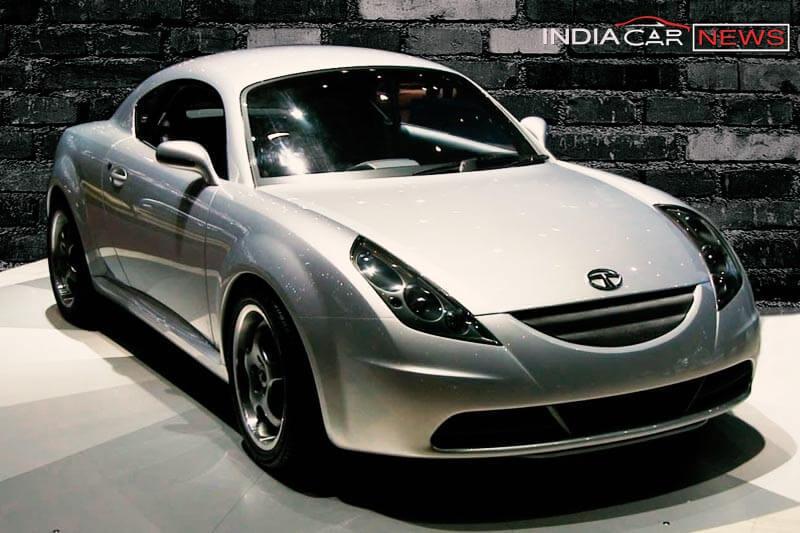Design rigid brings WWII hospital train car to Logan
Workers stir a World War I medical train car into place near six hundred West in Logan on Tuesday.
Andrea McCulloch shows the interior of a World War I medical train car that she purchased and had it moved to Logan.
Items found inwards a World War I medical train car.
Update
At the time of this story’s original publication, the train car’s fresh possessor believed it was from the World War I-era. Since the story has been published, local rail enthusiasts have informed possessor Andrea McCulloch that it is actually from World War II, manufactured in 1945.
As the train car has been a topic of particular interest to readers, the newspaper has been working on a follow-up story to run in our July 27, two thousand seventeen edition.
A World War II-era hospital train car that was tucked away in Smith and Edward’s army surplus collection for about sixty years was delivered this week to a vacant lot near Logan’s historic freight depot on six hundred West, where it will remain protected until the newest chapter in its story unfolds.
“As we wandered through (the lot) looking at all of the rusty treasures in there, I spotted in the distance the back end of this train,” Andrea McCulloch said. “And I just had to know it, so I walked over, and it was love at very first view.”
The Logan woman possesses Milieu Design, a local design stiff, and its sister company, Architecture for Lives.
McCulloch said she didn’t know she loved trains until two thousand six when she and her hubby purchased the old freight depot at two hundred South and six hundred West. The building, built by Union Pacific, was purchased by Sam Weston and had been used for vehicle restoration.
“It was kind of a graveyard for cars and parts and all kinds of stuff,” she said.
Where some people looked at the old building and witnessed a parking lot, McCulloch eyed a structure that still had the potential to shine.
The old depot has since been restored and has become the home of Milieu Design and a gathering space for creative minds — and McCulloch has a similar vision for the hospital car.
During the World Wars, these hospital cars transported injured servicemen to military hospitals around the country.
This car is tooled with a total kitchen, two restrooms, one area for bed space and another for seating.
The baseboards for its radiant fever system are still in place, and it shows up there was also a coal stove installed at one time.
“If I think of the discovery of the train car — rusty in all of its glory — it was literally buried on the inwards and buried on the outside. And every corner of that was just chock-full of debris,” she said.
The exterior of the train is Army green, accented with rust. You can just make out where a cross once adorned the side, labeling it as a medical car. In another spot, one can see where the identification numbers were, but they aren’t discernible.
McCulloch said she doesn’t know yet what the next chapter will be; she only knows she will recognize it when it comes. Until then, she is on a journey of meeting people and hearing their stories.
“When we have a gathering here and we’re collecting information, I want to see what gets laid on the table. I want to see photos. I want people to connect. I want them to connect with the depot, and I want them to connect with the train, and then I think as a community we’ll be able to just weave a pretty interesting tapestry.”
The train has drawn visitors already in the brief time it has been here. Some are railroad history fans, others recall similar cars pulling down passengers off at the passenger depot, where Cafe Sabor is now located.
“I want to corset this discovery of places, and the simultaneous, natural extension of that is finding people at the same time,” she said.
